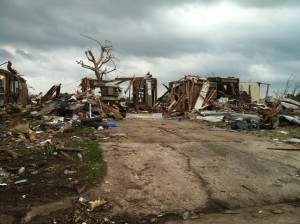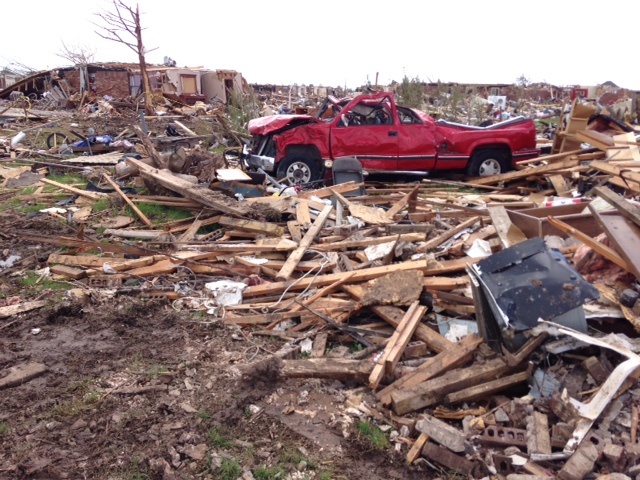About 1,000 emergency managers, insurance company representatives and city leaders from across the country are expected next week at the National Tornado Summit in Oklahoma.
The fourth annual event is Tuesday and Wednesday in Oklahoma City and also includes meteorologists and media members who want to learn the best ways to lessen natural disasters before they strike and how to quickly and efficiently respond after they do occur. There also will be a trade show and a tour of the National Weather Center in Norman.
Oklahoma’s location in the heart of Tornado Alley and experience responding when the violent storms touch down make the state the most logical place for the summit, organizers said Thursday.

“Every year we learned great information on how to better communicate with (the public) at a time of catastrophe and examine the claims process to move faster and more efficiently at a time of disaster,” said Oklahoma Insurance Commissioner John D. Doak. “This is something that Oklahoma has known: tornadoes can happen at any time in any month of the year.”
Oklahoma was largely spared major tornado damage last year. But the year before, powerful twisters raked the Oklahoma City suburbs of Moore and El Reno during a two-week period, killing dozens of people and injuring hundreds more.
After the Moore tornado hit, emergency responders employed techniques that had been developed at previous summits. The methods included creating an “insurance village” that brought all companies together in one area to fast-track the claims process for residents, delivering rental cars and ATMs on-site and finding quicker ways to allow claims adjusters into the storm site to start paperwork, said Kim Decker, the summit’s co-chair and director of government and industry affairs at Farmers Insurance.
“The best practices summits have truly played a significant role in what I found was an amazing response we had after the Moore tornado,” Decker said.
In addition developing best ways to respond to a disaster, the summit also will focus on how to update building codes and materials and use finer-tuned weather forecasting equipment to reduce damage and injuries suffered before a natural disaster strikes.
“Oklahoma has become a worldwide leader in catastrophe response, and that’s important,” said John Wiscaver, summit co-chair, who is with the Oklahoma Farm Bureau.
Was this article valuable?
Here are more articles you may enjoy.


 Standard Chartered Settles $2 Billion Iranian Sanction Suit in London
Standard Chartered Settles $2 Billion Iranian Sanction Suit in London  Truckers Who Fail English Tests Get Pulled Off Roads in Trump Crackdown
Truckers Who Fail English Tests Get Pulled Off Roads in Trump Crackdown  Toyota Unveils Concept LFA Supercar, and It’s Fully Electric
Toyota Unveils Concept LFA Supercar, and It’s Fully Electric  Tricolor Trustee Plans to Sue Founder for Auto Dealer’s Collapse
Tricolor Trustee Plans to Sue Founder for Auto Dealer’s Collapse 